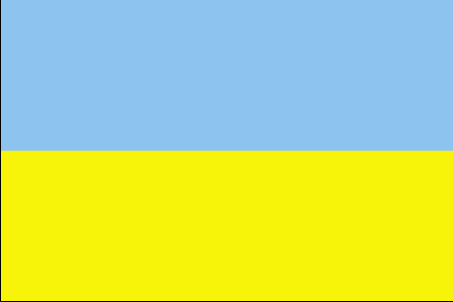Investing in Ukraine


After Russia, the Ukrainian republic was far and away the most important economic component of the former Soviet Union, producing about four times the output of the next-ranking republic. Its fertile black soil generated more than one-fourth of Soviet agricultural output, and its farms provided substantial quantities of meat, milk, grain, and vegetables to other republics. Likewise, its diversified heavy industry supplied the unique equipment (for example, large diameter pipes) and raw materials to industrial and mining sites (vertical drilling apparatus) in other regions of the former USSR. Shortly after independence in August 1991, the Ukrainian Government liberalized most prices and erected a legal framework for privatization, but widespread resistance to reform within the government and the legislature soon stalled reform efforts and led to some backtracking. Output by 1999 had fallen to less than 40% of the 1991 level. Ukraine's dependence on Russia for energy supplies and the lack of significant structural reform have made the Ukrainian economy vulnerable to external shocks. Ukraine depends on imports to meet about three-fourths of its annual oil and natural gas requirements and 100% of its nuclear fuel needs. After a two-week dispute that saw gas supplies cutoff to Europe, Ukraine agreed to 10-year gas supply and transit contracts with Russia in January 2009 that brought gas prices to "world" levels. The strict terms of the contracts have further hobbled Ukraine's cash-strapped state gas company, Naftohaz. Outside institutions - particularly the IMF - have encouraged Ukraine to quicken the pace and scope of reforms. Ukrainian Government officials eliminated most tax and customs privileges in a March 2005 budget law, bringing more economic activity out of Ukraine's large shadow economy, but more improvements are needed, including fighting corruption, developing capital markets, and improving the legislative framework. Ukraine's economy was buoyant despite political turmoil between the prime minister and president until mid-2008. Real GDP growth exceeded 7% in 2006-07, fueled by high global prices for steel - Ukraine's top export - and by strong domestic consumption, spurred by rising pensions and wages. Ukraine reached an agreement with the IMF for a $16.4 billion Stand-By Arrangement in November 2008 to deal with the economic crisis, but the Ukrainian Government's lack of progress in implementing reforms has twice delayed the release of IMF assistance funds. The drop in steel prices and Ukraine's exposure to the global financial crisis due to aggressive foreign borrowing lowered growth in 2008 and the economy contracted more than 15% in 2009, among the worst economic performances in the world; growth resumed in 2010, buoyed by exports. External conditions are likely to hamper efforts for economic recovery in 2011.
Naftogaz - http://www.naftogaz.com/
National Bank of Ukraine - http://www.bank.gov.ua/
Ukraine News
Kyiv Post - http://www.kyivpost.com/
Countries that border Ukraine: Moldova | Romania | Hungary | Slovakia | Poland | Belarus | Russia
Learn more:
Back to Country Investing



